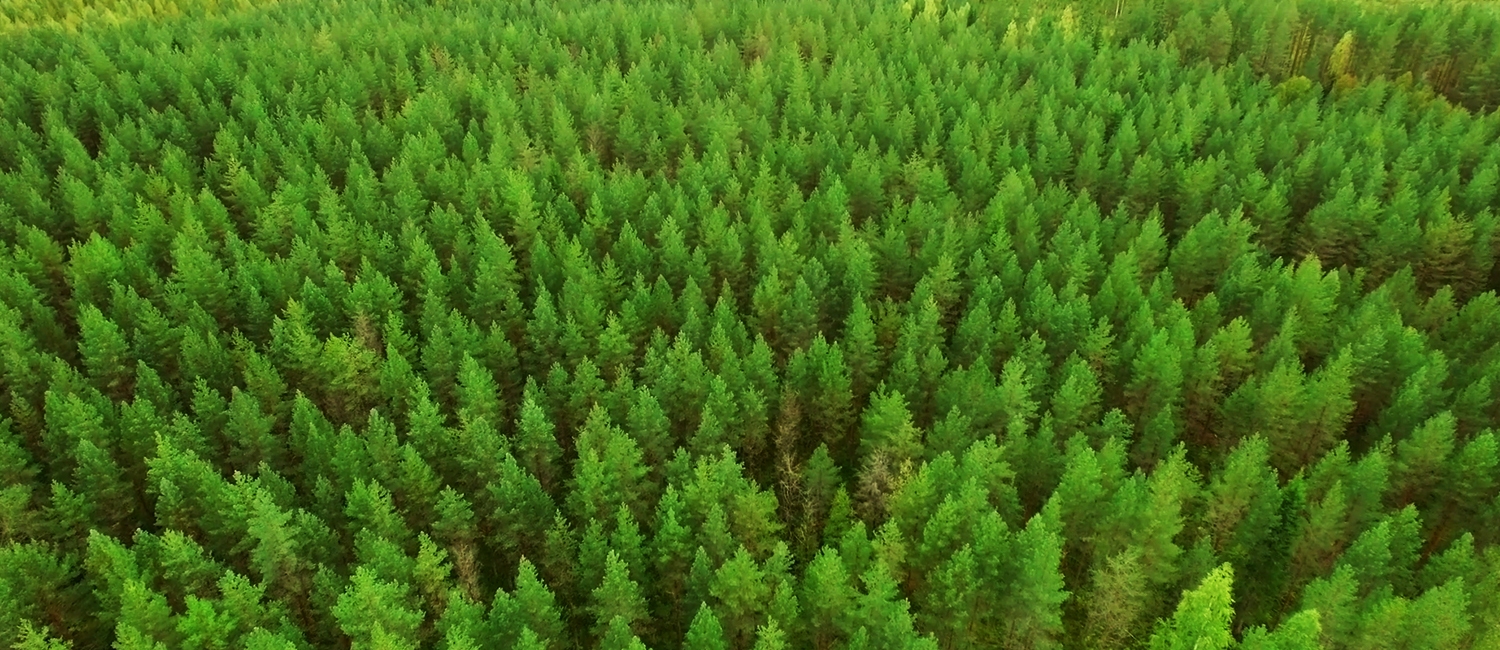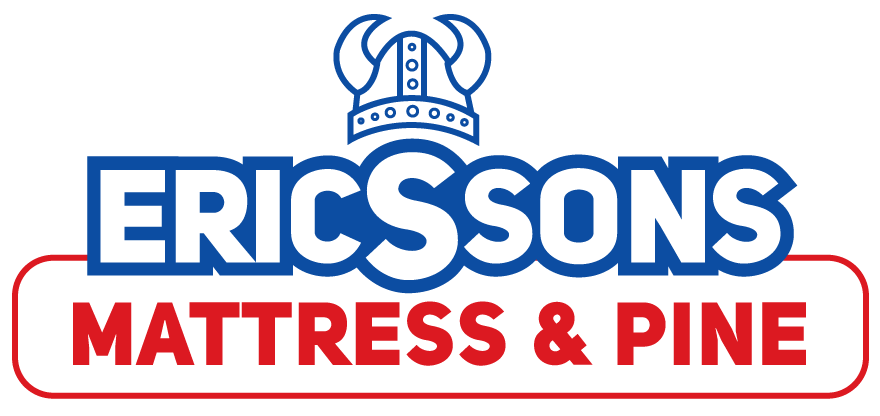
Firstly, wood is a renewable resource. A renewable resource is a resource which can be used repeatedly and replaced naturally. For every tree harvested, another can be planted. Once the trees are harvested, new seedlings are planted to replace them, thus ensuring a continuous and sustainable flow of raw material into the future.
Solid Wood has a great rating with regards to recycling – it is one hundred per cent recyclable and it won’t harm the environment in any way when discarded. The ‘Carbon Footprint’ of a product or activity is a measurement of the total amount of greenhouse gas emissions released into the environment from that product or activity over a given period of time. Of all mainstream building products, Wood scores the lowest in terms of its Carbon Footprint impact.
What about Ericssons Mattress and Pine’s footprint? “All our timber is responsibly and sustainably sourced. The suppliers that supply our factories manage their plantations to high environmental standards and assure us that their products come from responsibly managed sources. Most have chosen one of the largest International Independent and Credible certification schemes– the Forest Stewardship Council (www.ic.fsc.org) – to certify their operations and products,” says Mr Stapelberg.
Pine timber is also easy to work with. It is easier to cut, stain and carve than other natural materials, which reduces the amount of time projects take to complete. The biggest advantage of working with pine is its acceptance of nails. Some materials are difficult to drive a nail through – some even require pre-drill holes – but as Pine is a soft wood, it accepts nails easily.



